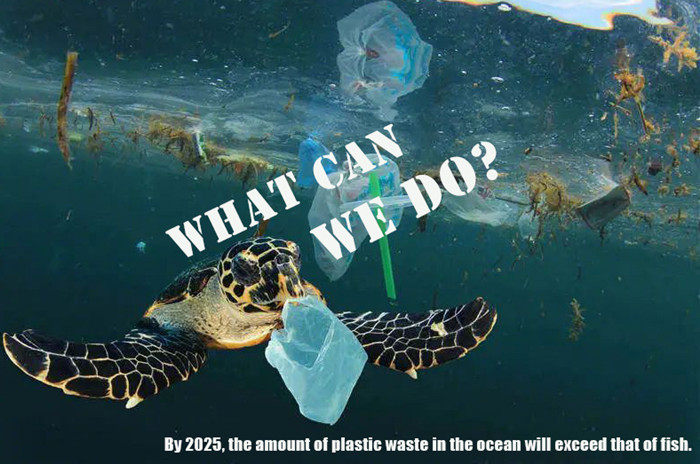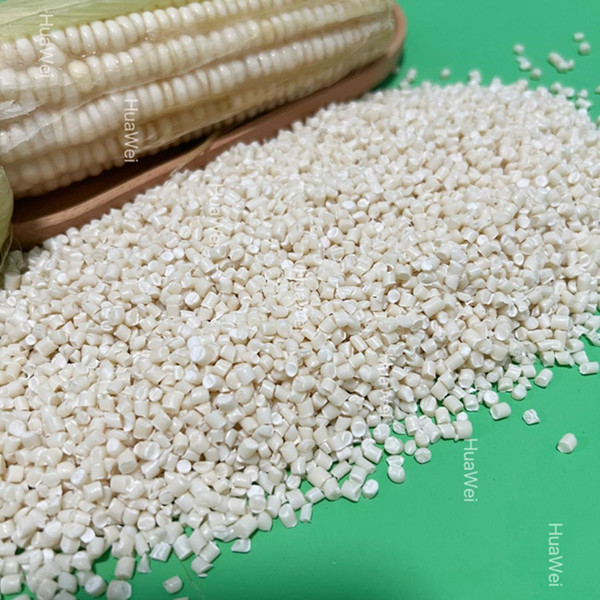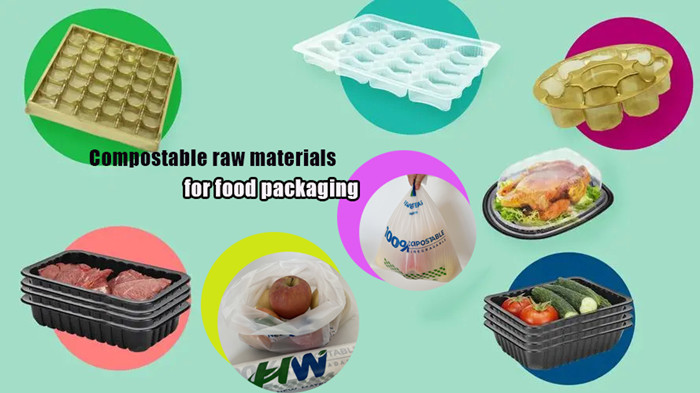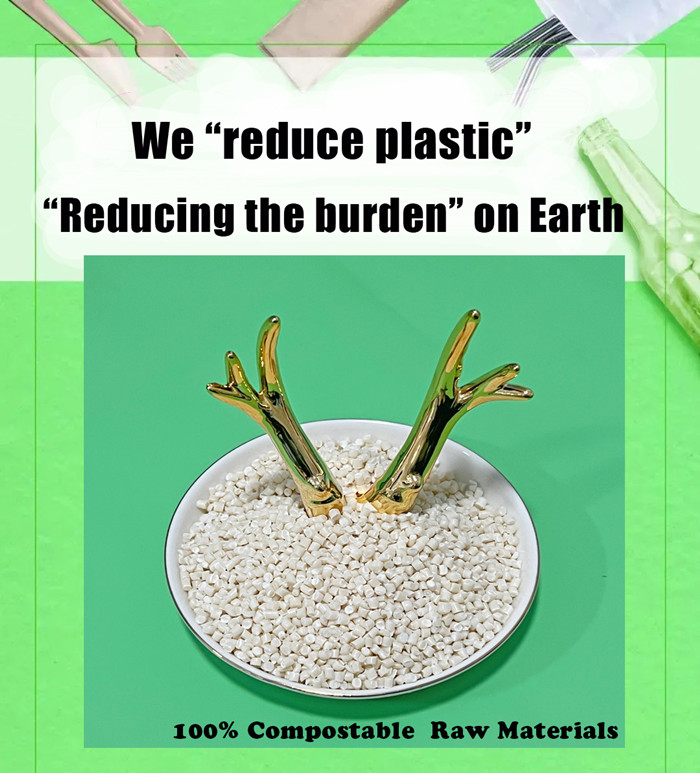By 2025, the amount of plastic waste in the ocean will exceed that of fish. The constant news of polar bears foraging in garbage dumps and turtles accidentally eating plastic causing death has sounded the alarm for environmental protection. According to scientists' statistics, since the 1950s, a total of 8.3 billion tons of plastic waste have been generated worldwide, of which only 9% is recycled, forming huge "garbage islands" in the depths of the ocean. It is expected that by 2050, the global production of plastic waste will reach 34 billion tons. On Earth, approximately one million seabirds die each year due to plastic ingestion, resulting in nearly $13 billion in losses.

Compostable plastic is a special type of plastic that can be biodegraded in specific, human driven environments. It is converted into carbon dioxide, water, mineralized inorganic salts of its elements, and new biomass through the action of microorganisms within a certain period of time. The design purpose of this plastic is to be degraded by microorganisms under composting conditions after it is finally discarded. The resulting compost should comply with relevant standards in terms of heavy metal content, toxicity testing, and residual fragments. Compostable plastics can be further divided into industrial compost and garden compost. The former is suitable for professional composting, while the latter is suitable for composting in home gardens. The degradation process of this plastic is usually divided into two stages: first, the large molecules undergo hydrolysis and light/oxygen degradation, resulting in a decrease in molecular weight, and then further consumed by microorganisms, which may include bacteria, fungi, yeast, algae, etc.

Compared with biodegradable plastics, compostable plastics emphasize the biodegradation process under human intervention, rather than the completely natural biodegradation process. This means that although compostable plastics can be degraded by microorganisms under certain conditions, this process requires human intervention, such as in specific composting environments. In addition, an important characteristic of compostable plastics is that they do not produce toxic residues during the decomposition process, which distinguishes them from biodegradable plastics.
The raw materials for compostable plastics usually include renewable resources such as corn and sugarcane. After chemical processing, these materials can obtain properties similar to petroleum based plastics, which can be used to make various daily necessities such as bowls and cups. Despite sounding environmentally friendly, a large portion of these plastics are still made primarily from products such as petroleum, and the decomposition products may be harmful to the environment. Therefore, choosing truly compostable plastics is of great significance for promoting environmental protection and sustainable development.
Compostable plastic can be used for food packaging, but it needs to meet specific conditions and standards.

Compostable plastic is a material that can be decomposed by microorganisms in specific environments, including food packaging. However, the use of this plastic has some limitations and precautions to ensure food safety and compliance with hygiene standards. Firstly, compostable plastics must comply with food safety regulations, which means they must not contain any harmful substances that may migrate into food. Secondly, the degradation process of compostable plastics needs to be carried out under appropriate conditions, such as temperature and humidity reaching certain standards, to ensure effective decomposition during the composting process.
In addition, the classification of compostable plastics includes materials specifically designed for food contact, which are produced with food safety considerations in mind to ensure that they do not contaminate food during use and handling. For example, some bioplastics have been used to make food containers, food bags, and other food packaging materials because they can be made from natural materials such as corn or sugarcane and can be completely degraded in suitable environments without causing long-term pollution to the environment.
Overall, the use of compostable plastics for food packaging is feasible, provided that the plastic meets food safety standards, can effectively degrade under expected conditions, and does not migrate any harmful substances into food.
Currently, many brands such as McDonald's, Coca Cola, Deliveroo, and Iceland have pledged to no longer use plastic packaging or use 100% sustainable compostable packaging. We can foresee the promising future of food packaging from the commitments of these major brands, but technological barriers, production costs, consumer habits, and other factors are the real pressures faced by innovative and environmentally friendly packaging. For mature large enterprises, it may take a long time to achieve large-scale production while controlling costs.
From the new attempts of various enterprises in the field of food packaging, it can be seen that food packaging is developing comprehensively in six directions: convenience, personalization, functionalization, aseptic, intelligent, and green. People no longer simply consider packaging design based on appearance and practicality, but will consider how to maximize its value from functionality and sustainability. What may seem like a small food packaging is actually endowed with more practical significance, conveying people's ideas for a better future life.

